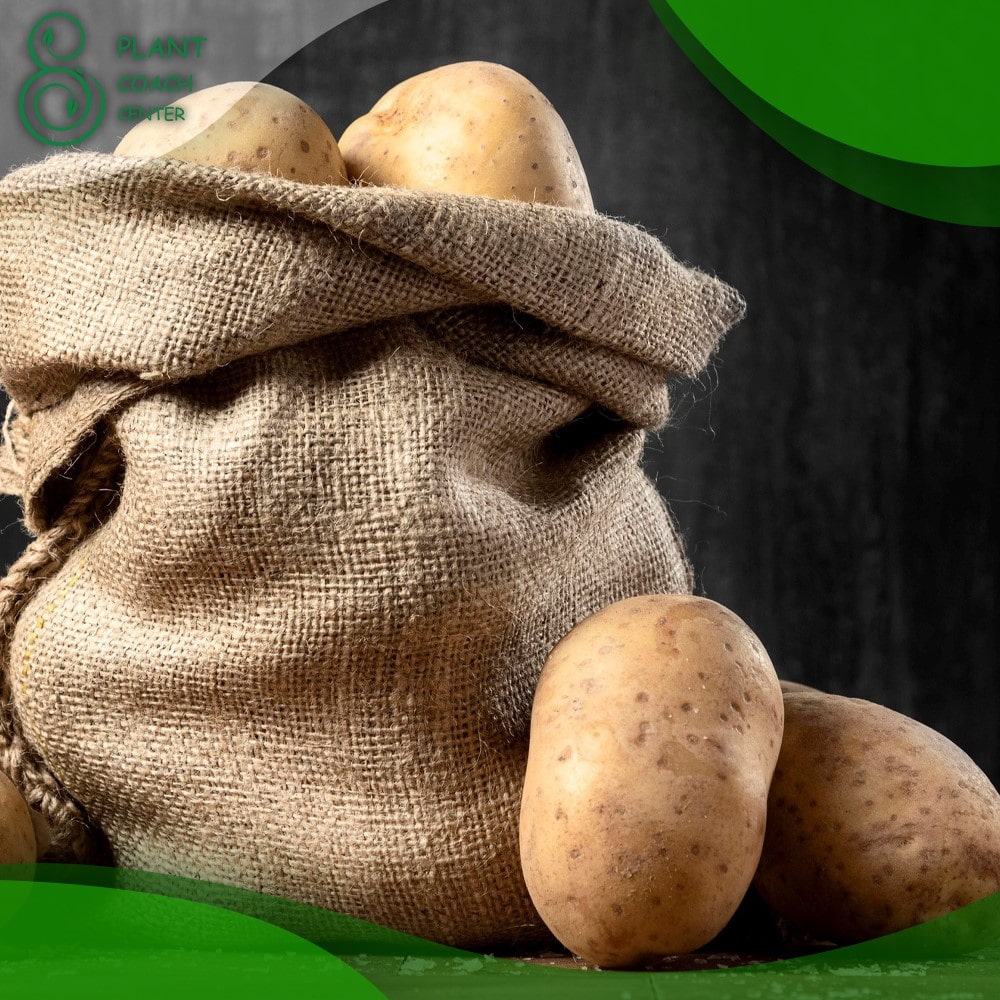When to Plant Maris Piper Potatoes
Planting Maris Piper potatoes can be a rewarding experience for gardeners, as these versatile tubers are known for their excellent taste and culinary uses. To ensure a successful harvest, it’s crucial to understand the ideal timing for planting Maris Piper potatoes. In this comprehensive guide, we will delve into the specifics of when and how to plant Maris Piper potatoes, taking into account various factors such as climate, soil conditions, and planting techniques.
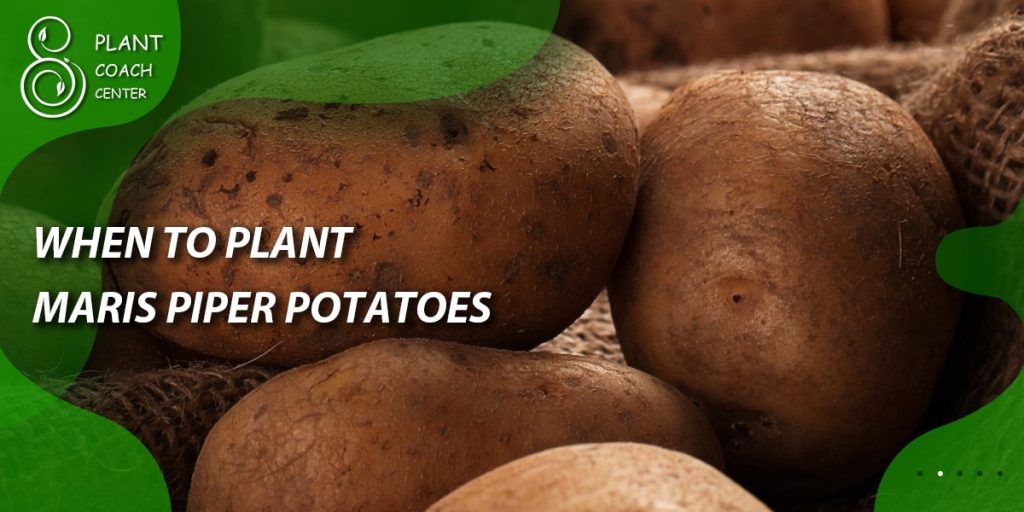
Understanding Maris Piper Potatoes
Maris Piper potatoes are a widely popular variety known for their versatility and culinary qualities. They have a creamy texture, making them ideal for roasting, mashing, or frying. These potatoes have a golden skin and a light yellow flesh, offering a rich flavor that complements a variety of dishes.
Factors to Consider Before Planting Maris Piper Potatoes
Climate and Temperature Requirements
Maris Piper potatoes thrive in cool climates and prefer temperatures ranging from 45°F to 75°F (7°C to 24°C). They require a minimum temperature of 40°F (4°C) for successful growth. It’s essential to consider your region’s climate and ensure that soil temperatures remain above freezing before planting.
Soil Conditions and Preparation
Maris Piper potatoes prefer well-draining soil with a pH level between 5.8 and 6.5. Prepare the soil by removing any weeds, rocks, or debris. Loosen the soil to a depth of at least 8 inches (20 cm) to facilitate root growth and nutrient absorption. Incorporating organic matter, such as compost or well-rotted manure, can improve soil structure and fertility.
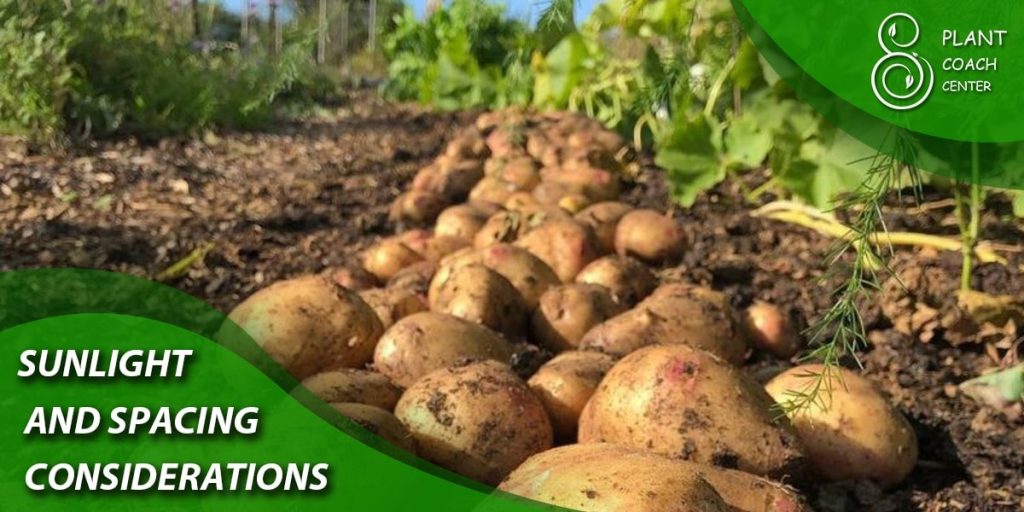
Sunlight and Spacing Considerations
Maris Piper potatoes thrive in full sun, requiring at least six to eight hours of direct sunlight daily. Adequate spacing is crucial to allow the plants to grow and develop properly. Space rows approximately 2 to 3 feet (60 to 90 cm) apart, with a spacing of 12 to 15 inches (30 to 38 cm) between individual plants. Sufficient spacing helps with airflow, reduces the risk of disease, and allows easy access for harvesting.
Determining the Right Time to Plant
Importance of Timing in Potato Planting
Timing plays a crucial role in the success of your Maris Piper potato crop. Planting too early can result in frost damage, while planting too late may lead to limited growth and smaller yields. It’s essential to find the optimal timeframe for planting that aligns with your specific climate and growing conditions.
Regional Variations in Planting Dates
Planting dates for Maris Piper potatoes can vary depending on your location. It’s recommended to consult your local agricultural extension office or experienced gardeners in your area to determine the best planting dates. They can provide valuable insights specific to your region.
Factors Affecting Planting Dates
Several factors influence the suitable planting dates for Maris Piper potatoes. These include the average last frost date in your area, the soil temperature, and the maturity length of the potato variety. It’s crucial to consider these factors to ensure a successful growing season.
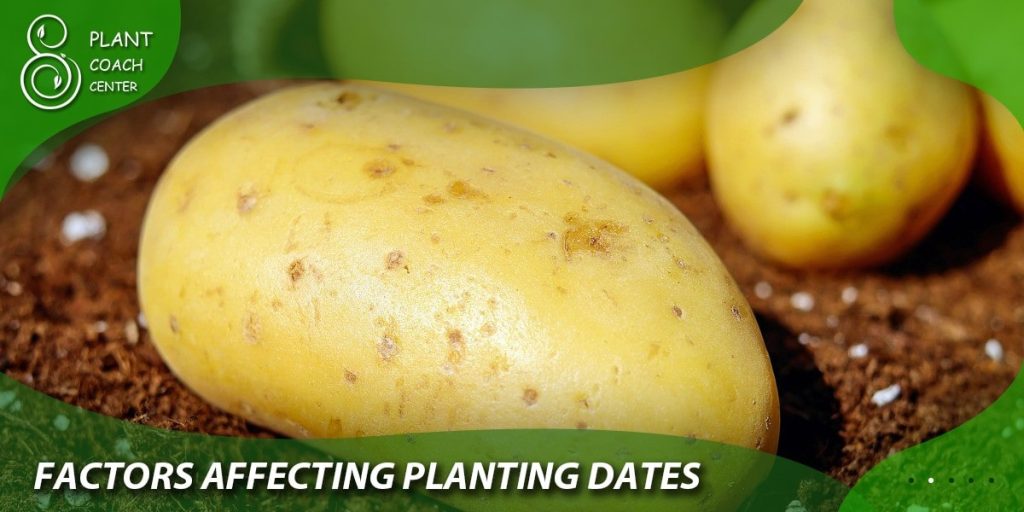
Spring Planting of Maris Piper Potatoes
Spring is a popular time to plant Maris Piper potatoes, provided the soil has warmed up sufficiently. Here are the essential steps to prepare for spring planting:
- Clear the planting area of any weeds or debris.
- Loosen the soil using a garden fork or tiller.
- Incorporate organic matter to enhance soil fertility.
- Create furrows or mounds in the prepared soil for planting.
- Ideal Soil Temperature for Planting
Fall Planting of Maris Piper Potatoes
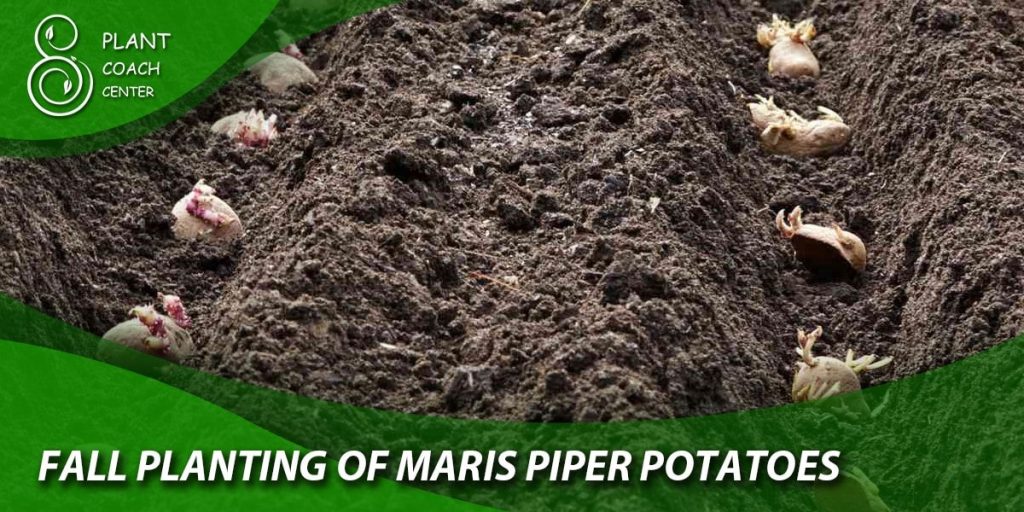
Advantages of Fall Planting
Fall planting of Maris Piper potatoes offers several advantages. The cooler temperatures and reduced pest pressure create favorable conditions for healthy growth. Additionally, fall-planted potatoes tend to have a longer growing season, allowing for larger yields and potentially larger-sized potatoes.
Steps for Preparing for Fall Planting
To prepare for fall planting of Maris Piper potatoes, follow these steps:
- Clear the planting area of any existing vegetation and weeds.
- Loosen the soil and remove any rocks or debris.
- Amend the soil with organic matter to improve fertility.
- Create furrows or mounds for planting, similar to spring planting.
Planting Techniques for Maris Piper Potatoes
Seed Selection and Preparation
Choose high-quality seed potatoes for planting Maris Piper. Look for certified disease-free potatoes from reputable sources. Before planting, it’s essential to prepare the seed potatoes by cutting them into smaller pieces, ensuring that each piece contains at least one or two eyes or sprouts. Allow the cut pieces to dry and form a protective layer before planting.
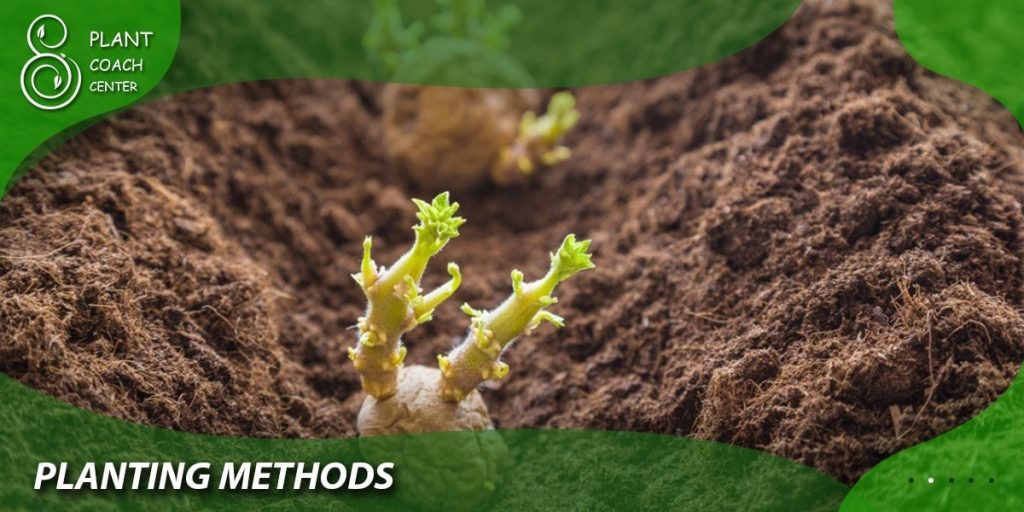
Planting Methods
Maris Piper potatoes can be planted using various methods, including:
Rows: Dig furrows in the soil and place the seed potatoes at the desired spacing along the furrows. Cover them with soil and create raised rows to facilitate drainage.
Mounds: Create mounds of soil and plant the seed potatoes on top. As the plants grow, gradually add soil to the mound to cover the stems and encourage tuber formation.
Containers: Maris Piper potatoes can also be grown in containers such as large pots or grow bags. Ensure the containers have proper drainage and provide sufficient space for the plants to grow.
Watering and Fertilizing Guidelines
Maris Piper potatoes require consistent moisture throughout the growing season. Water the plants deeply once or twice a week, depending on rainfall and soil conditions. Avoid overwatering, as it can lead to rotting. Fertilize the plants with a balanced potato fertilizer or organic alternatives, following the manufacturer’s instructions. Apply fertilizers at the time of planting and during the growing season for optimal nutrient uptake.
Caring for Maris Piper Potatoes
Mulching and Weed Control
Applying a layer of organic mulch, such as straw or wood chips, around the potato plants can help conserve moisture, suppress weed growth, and regulate soil temperatures. Mulching also prevents direct contact between the tubers and sunlight, reducing the risk of greening. Regularly monitor the planting area for weeds and remove them promptly to prevent competition for nutrients and water.
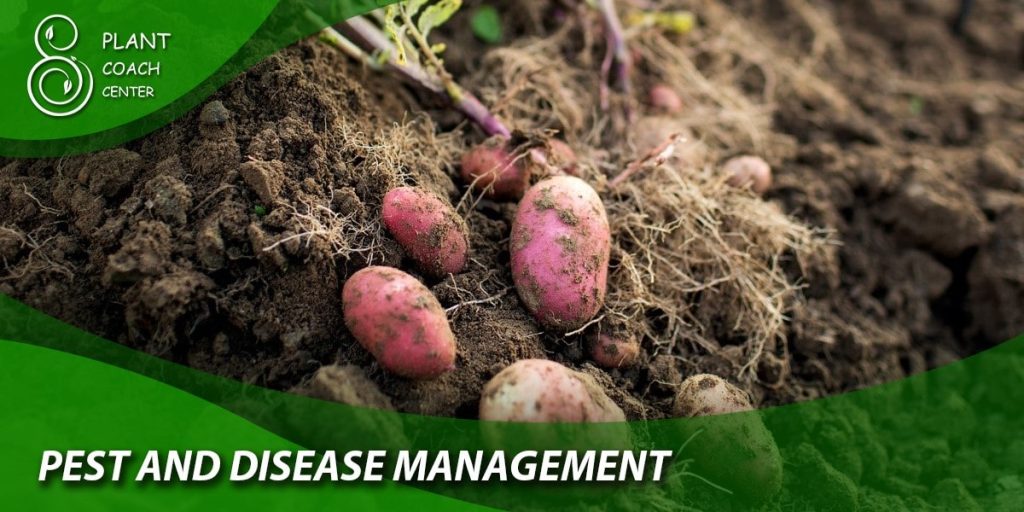
Pest and Disease Management
Maris Piper potatoes are susceptible to various pests and diseases, including potato beetles, aphids, blight, and scab. Implement integrated pest management strategies, such as using insecticidal soaps, neem oil, or natural predators, to control pests. For diseases, practice crop rotation, remove infected plant material, and choose disease-resistant potato varieties whenever possible.
Conclusion
In conclusion, planting Maris Piper potatoes requires careful consideration of factors such as climate, soil conditions, and timing. Whether you choose to plant in the spring or fall, providing the right growing conditions, proper spacing, and regular care will contribute to a successful harvest. By following the guidelines outlined in this article, you can enjoy the delicious taste and versatility of Maris Piper potatoes in your culinary endeavors.
Can Maris Piper potatoes be grown in containers?
Yes, Maris Piper potatoes can be successfully grown in containers, provided they have enough space, proper drainage, and regular watering.
How long does it take for Maris Piper potatoes to mature?
Maris Piper potatoes typically take around 90-120 days to mature, depending on various factors such as weather conditions and planting techniques.
Are Maris Piper potatoes suitable for organic gardening?
Yes, Maris Piper potatoes can be grown using organic gardening methods.


